50 years on: Operation Motorman remembered
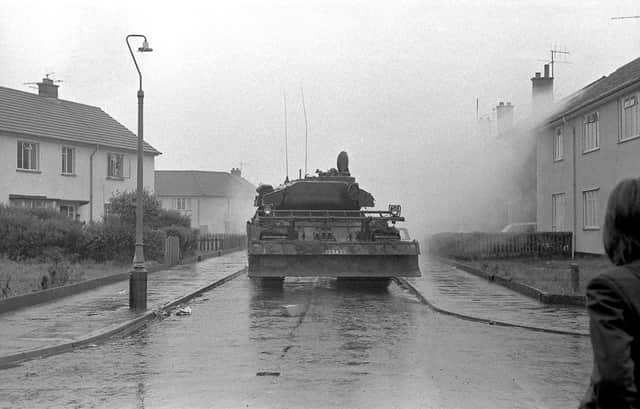

The British launched the massive military operation to regain control of the Free Derry area which was surrounded by barricades and patrolled by the IRA.
Two Derry teenagers, both of whom were unarmed, were shot dead by British soldiers during the operation.
Advertisement
Hide AdAdvertisement
Hide AdFifteen years-old Daniel Hegarty was walking along Creggan Heights with two of his cousins when he was shot and killed. His cousin, Christopher Hegarty, was also wounded in the shooting.
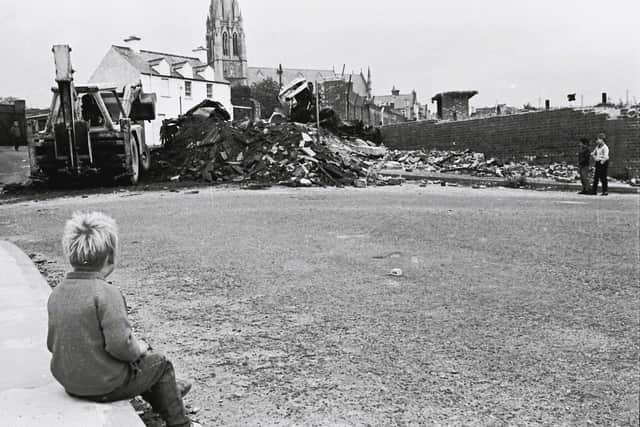

Nineteen years-old Seamus Bradley was shot dead close to the Bishop’s Field in Creggan as he was watching the British Army operation. He was an IRA volunteer but he was not armed when he was killed.
Despite the huge British military presence in the city, the troops faced no resistance from the IRA. At the time, the IRA said it had taken the decision not to engage the troops to avoid heavy civilian casualties. The scale of the British military operation was unprecedented in Derry at the time and, indeed, was the largest movement of troops in Europe since the Hungarian Uprising.
A ‘Derry Journal’ report from the time described the operation as a “Prague-like” invasion of the Bogside and Creggan. “Not since Russian troops entered Budapest and Prague in the 1950s and 1960s to suppress risings of the Czechoslovakian and Hungarian people, have sights been seen like those in Derry as 1,500 British soldiers followed 300 army vehicles in a massive invasion of the Bogside and Creggan estate”, the ‘Journal’ reported.
Advertisement
Hide AdAdvertisement
Hide AdBritish forces had been massing on the outskirts of the city for almost two days before the assault on the ‘no-go’ areas began. People living in Moville reported seeing landing barges carrying Centurion tanks and other equipment up Lough Foyle towards Derry.
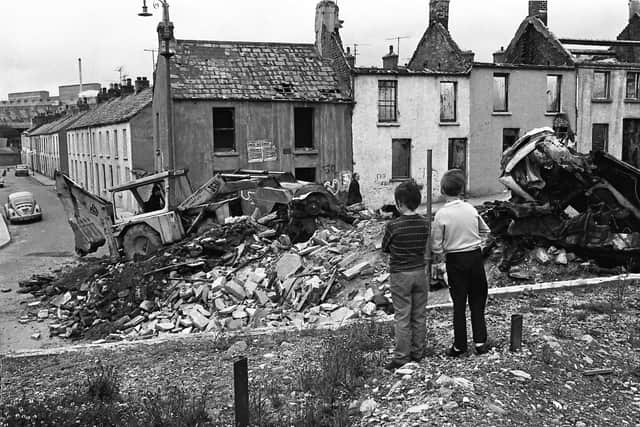

The huge force, led by Major General Robert Ford, the Commander of Land Forces in the North, lined the Buncrana Road, all the way to the border, in the early hours before they moved in to the Bogside and Creggan. The troops erected barbed wire barriers along the border to prevent people coming in or out of the city.
The ‘invasion’ force was headed by tanks converted into bulldozers which were used to smash through the barricades of Free Derry.
The troops quickly took control of the former ‘no-go’ areas and Major Ford was in Creggan just hours after the operation began. Within three hours of the start of the operation, William Whitelaw (NI Secretary of State) and British army chiefs were claiming that it was all over, “smoothly and completely successful”.
Advertisement
Hide AdAdvertisement
Hide AdBut the state of affairs in the Creggan and Bogside bore little relation to such a confident assertion, the ‘Journal’ reported. The British soldiers carried out a number of house searches in the former ‘no-go’ areas, including one at the home of prominent republican Sean Keenan.
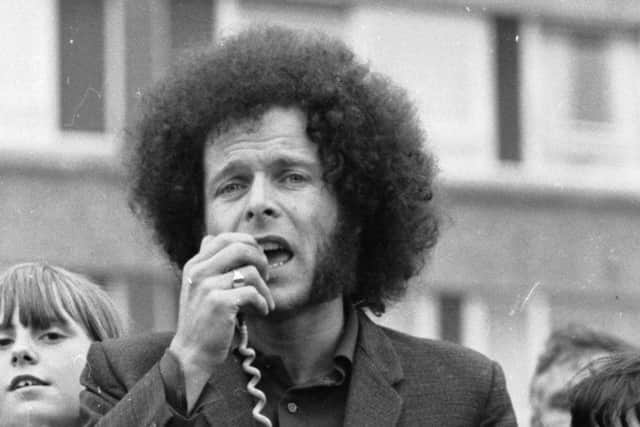

Troops also commandeered a number of houses in Circular Road and Cromore Gardens. Derry was virtually cut off from the outside world during the operation as the troops took control of the Bogside and Creggan.
Craigavon Bridge was closed to all vehicles, preventing delivery vans getting to the city centre. Shops in Creggan sold out of bread and milk as people began panic-buying supplies. The British Army refused to allow staff from the Old City Derry to deliver milk to thousands of homes across the city.
At the time, the British authorities claimed that the operation was designed to “protect” civilians from paramilitaries.
Advertisement
Hide AdAdvertisement
Hide AdThe reaction in Derry, however, was quite different, with community leaders stating that the British Army was not welcome in the Bogside and Creggan. John Hume said: “The British Army is not welcome. The British Army will not be regarded as protectors by the people of Derry. Memories are too fresh about what they did before.”
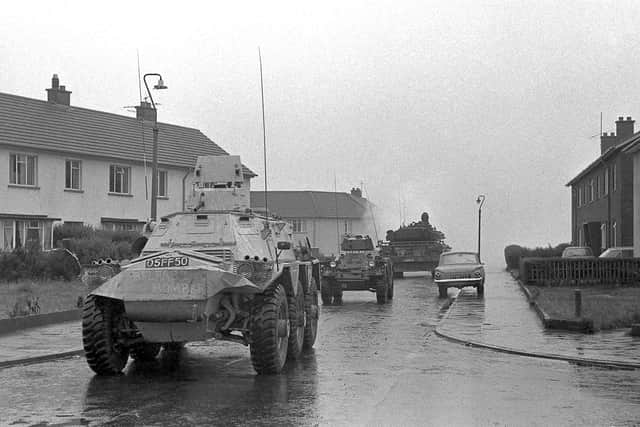

Eddie McAteer, president of the Nationalist Party, said: “The British are not in as protectors of the people, but to dominate the Catholic areas and teach the native Irish that they cannot opt out of the British united kingdom.”
On the eve of Operation Motorman, Mr McAteer had appealed to Taoiseach Jack Lynch to “wrap the Derry-Donegal border with a sufficient mantle of protecting Irish troops” if the British moved in.
“I do not want war”, he said. “But neither do I want Derry used as a proving ground for British armoury.”
Advertisement
Hide AdAdvertisement
Hide AdIn the city, the huge numbers of British troops took over a number of local schools and set up temporary bases. This added to the anger of local people.
At a meeting held in the Bogside to protest against the British Army’s actions, Bernadette Devlin said the troops should be “frozen out and ignored” and Eamonn McCann said they should be “treated like the lepers they are”.
Coming just six months after Bloody Sunday, Operation Motorman was another defining event in what became the bloodiest year of the Troubles in Derry.